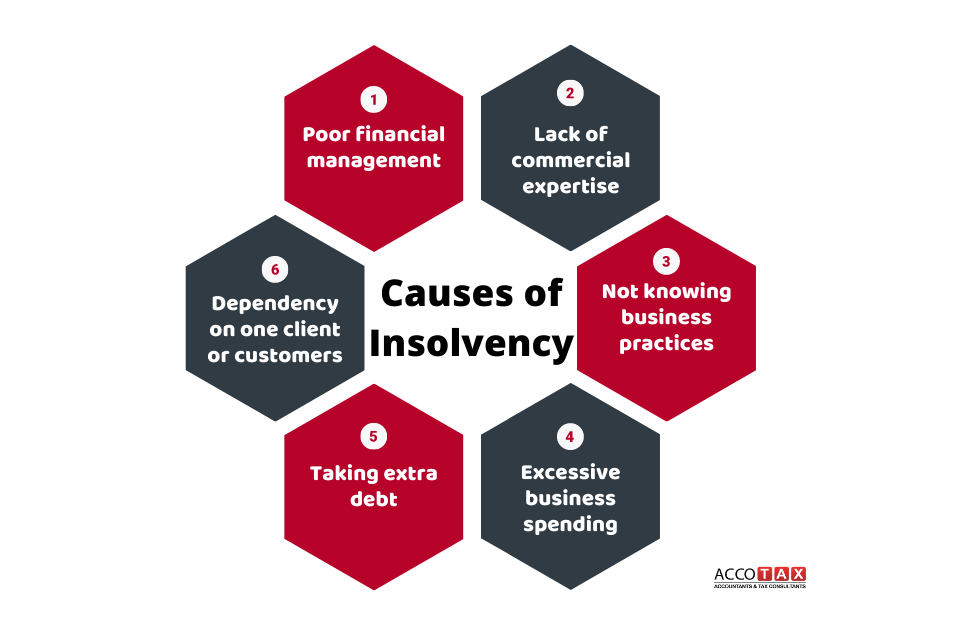Excitement About Insolvency Practitioner
Excitement About Insolvency Practitioner
Blog Article
Insolvency Practitioner Fundamentals Explained
Table of ContentsAn Unbiased View of Insolvency PractitionerSome Known Factual Statements About Insolvency Practitioner The 3-Minute Rule for Insolvency PractitionerInsolvency Practitioner - TruthsSome Ideas on Insolvency Practitioner You Need To Know6 Easy Facts About Insolvency Practitioner Described4 Simple Techniques For Insolvency Practitioner
Insurance coverage is kept track of and regulated by state insurance coverage divisions, and one of their key objectives is securing insurance policy holders from the threat of a business in financial distress. When a business enters a duration of financial difficulty and is unable to satisfy its commitments, the insurance coverage commissioner in the business's home state starts a processdictated by the regulations of the statewhereby initiatives are made to assist the business reclaim its financial ground.If it is figured out that the company can not be rehabilitated, the company is stated financially troubled, and the commissioner will ask the state court to buy the liquidation of the firm. [Back] The insurance commissioner, either appointed by the governor or elected, heads the state insurance coverage department and screens and regulates insurance policy activity within the state.
By getting control of a firm, the commissioner (or the insurance department) is, by law, the rehabilitator or liquidator of the company. In this capacity, the commissioner or division takes control of the firm's procedures. Instead than do so directly, the commissioner might maintain an unique replacement receiver to supervise the company's activities.
6 Easy Facts About Insolvency Practitioner Explained
The receiver oversees an accountancy of the business's possessions and liabilities and carries out the estate of the business. In doing so, the receiver seeks to make the most of the company's properties, transfer them to money, and after that disperse that money to lenders having legitimate cases versus the insurance company in accordance with payment priorities specified by state law (in all states, insurance policy holders are priority complaintants whose cases are paid before those of basic financial institutions).
All insurance coverage companies (with limited exceptions) accredited to market life or health and wellness insurance or annuities in a state must be participants of that state's guaranty association. The warranty organization accepts the commissioner and the receiver in pre-liquidation preparation. As soon as the liquidation is purchased, the warranty association provides coverage to the company's insurance policy holders who are state citizens (up to the degrees defined by state lawssee below; any advantage quantities over the guaranty asociation benefit levels become cases against the business's continuing to be assets).
The above coverage levels apply individually for each and every financially troubled insurance provider. [Back] When an insurance provider stops working and there is a shortage of funds required to fulfill the commitments to insurance holders, state guaranty associations are triggered. Warranty associations have 2 primary sources of funding when giving insurance coverage to insurance policy holders. Warranty associations have subrogation civil liberties to an in proportion share of the assets staying in the fallen short insurance company.
Top Guidelines Of Insolvency Practitioner

NOLHGA establishes a job pressure of depictive warranty organizations to work with the insurance coverage commissioner to establish a plan to shield insurance holders. For more details on NOLHGA's role at the same time, see "What Is NOLHGA?" and "The Safeguard at Job." [Back]
You are right here: Insolvency is when a firm or individual can not pay financial obligations when they schedule. There are numerous options available to an insolvent firm or person: ASIC regulates companies, it does not handle personal insolvency procedures. For more details concerning insolvency and personal bankruptcy arrangements, check out the Australian Financial Protection Authority website.
Some Known Details About Insolvency Practitioner
Predictive defense by assisting you select the ideal consumers and the best markets to prevent uncollectable loan to begin with, many thanks to severe monetary evaluation - Insolvency Practitioner. Extensive market knowledge, offering you with 360-degree exposure on business industries and putting in jeopardy troubles. It would be a simplification to think a profession credit rating insurance begins and finishes with costs and pay-outs
This can happen for a variety of reasons, consisting of poor financial management, unforeseen expenses, or an adjustment out there. If a firm is insolvent, it may be forced to close down or sell assets to pay lenders. This can have a significant effect on business, staff members, and shareholders.
Why does a firm get in into insolvency? There are a number helpful site of reasons why a company might enter right into insolvency.
Little Known Facts About Insolvency Practitioner.
Various other reasons for insolvency consist of scams, mismanagement, and unforeseen costs. Bankruptcy can additionally lead to job losses and the closure of organizations.
The company might be required to market possessions, lay off staff or even close down. Creditors may be left out of pocket and the firm's investors might see their financial investment go away.
This can occur for a variety of factors, consisting of inadequate monetary management, unexpected expenses, or an adjustment on the market. If a company is financially troubled, it may be required to shut down or sell properties to pay financial institutions. This can have a major influence on business, employees, and investors.
The 20-Second Trick For Insolvency Practitioner
Why does a business get in right Go Here into insolvency? There are a number of factors why a company might enter into insolvency.
Other factors for insolvency include scams, mismanagement, and unexpected costs. Insolvency Practitioner. When a firm ends up being insolvent, its properties are used to pay off its debts. This can have a significant influence on the service, as it might no more have the ability to continue running. Bankruptcy can also lead to job losses and the closure of businesses.
The Best Strategy To Use For Insolvency Practitioner

Report this page